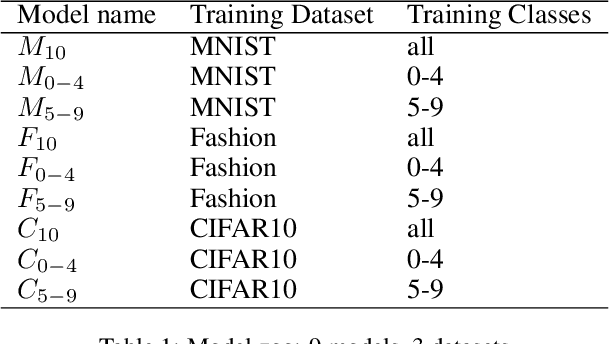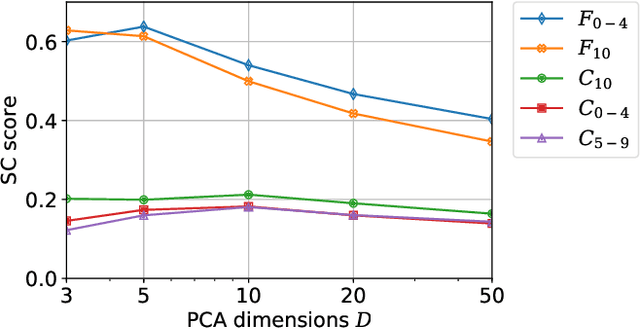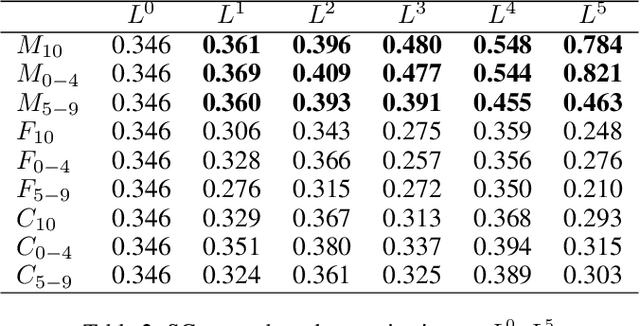Raghu K. Ganti
neuralRank: Searching and ranking ANN-based model repositories
Mar 02, 2019



Abstract:Widespread applications of deep learning have led to a plethora of pre-trained neural network models for common tasks. Such models are often adapted from other models via transfer learning. The models may have varying training sets, training algorithms, network architectures, and hyper-parameters. For a given application, what isthe most suitable model in a model repository? This is a critical question for practical deployments but it has not received much attention. This paper introduces the novel problem of searching and ranking models based on suitability relative to a target dataset and proposes a ranking algorithm called \textit{neuralRank}. The key idea behind this algorithm is to base model suitability on the discriminating power of a model, using a novel metric to measure it. With experimental results on the MNIST, Fashion, and CIFAR10 datasets, we demonstrate that (1) neuralRank is independent of the domain, the training set, or the network architecture and (2) that the models ranked highly by neuralRank ranking tend to have higher model accuracy in practice.
Beyond Spatial Auto-Regressive Models: Predicting Housing Prices with Satellite Imagery
Oct 16, 2016



Abstract:When modeling geo-spatial data, it is critical to capture spatial correlations for achieving high accuracy. Spatial Auto-Regression (SAR) is a common tool used to model such data, where the spatial contiguity matrix (W) encodes the spatial correlations. However, the efficacy of SAR is limited by two factors. First, it depends on the choice of contiguity matrix, which is typically not learnt from data, but instead, is assumed to be known apriori. Second, it assumes that the observations can be explained by linear models. In this paper, we propose a Convolutional Neural Network (CNN) framework to model geo-spatial data (specifi- cally housing prices), to learn the spatial correlations automatically. We show that neighborhood information embedded in satellite imagery can be leveraged to achieve the desired spatial smoothing. An additional upside of our framework is the relaxation of linear assumption on the data. Specific challenges we tackle while implementing our framework include, (i) how much of the neighborhood is relevant while estimating housing prices? (ii) what is the right approach to capture multiple resolutions of satellite imagery? and (iii) what other data-sources can help improve the estimation of spatial correlations? We demonstrate a marked improvement of 57% on top of the SAR baseline through the use of features from deep neural networks for the cities of London, Birmingham and Liverpool.
 Add to Chrome
Add to Chrome Add to Firefox
Add to Firefox Add to Edge
Add to Edge